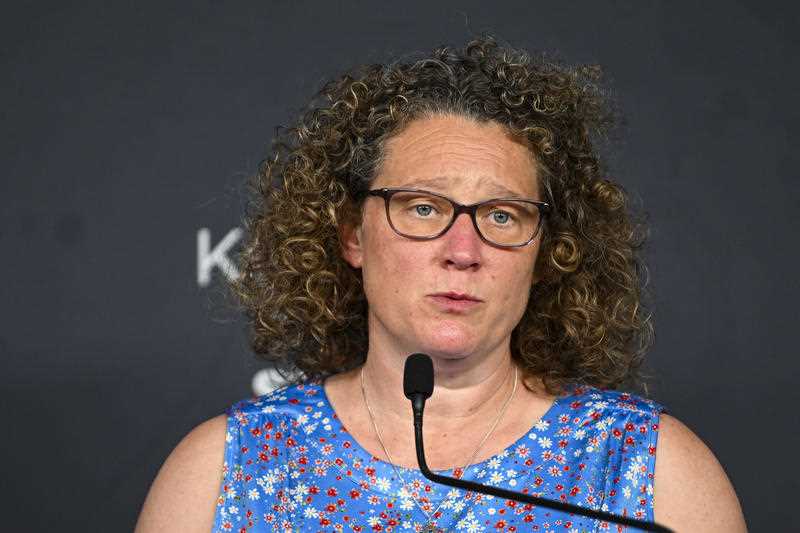The ACT Government’s contact tracing efforts will become more focused in the coming weeks and months as the ACT exits from lockdown.
The goal will be to to ease back the public health response; managing the virus in the community without overwhelming the health system.
Chief Health Officer Dr Kerryn Coleman said the high level of vaccination, adherence to lockdown restrictions, and further refinement of contact tracing processes over the past two months have given health officials the confidence to gently taper back their test, trace, quarantine and isolate (TTIQ) protocols.
For starters, testing requirements will remain as is.
Anyone with symptoms or those who have attended close contact exposure sites will still be required to present for testing, regardless of vaccination status.
“Vaccination status makes no difference to you getting tested with symptoms into the future,” Dr Coleman said.
But contact tracing itself will change when lockdown ends on Friday, with ACT Health adapting their public health response to move away from trying to trace all the movements of each positive case.
There will be a deliberate move to a sole focus on settings with a high risk of transmission and away from focusing on low-risk settings.
“As we expect our case numbers to rise, this won’t be possible or even necessary moving forward,” Dr Coleman said.
As a result, exposure locations will be presented differently from Friday 15 October to ease the burden placed on businesses and the community.
This includes sites like takeaway cafes and restaurants, click-and-collect retail, contactless food delivery, pharmacies in some instances, large retail venues, public transport, outdoor public venues, petrol stations and ATMs where the case is a customer who briefly passed through the venue.
The decision was made after weighing up the low risk of transmission against the high impact on businesses and the community in terms of quarantine requirements.
“These outcomes mean less time in quarantine for our community and less disruption for our businesses,” Dr Coleman said.
“This is about not impacting businesses and not impacting people from an anxiety perspective where there is an extraordinarily low risk.”
Secondary contacts will also no longer be required to quarantine. Isolation requirements for positive cases and close contacts will remain the same “at this point”.
“We know that COVID-19 will be there,” Dr Coleman said. “The only way we’re going to pick up those cases is by testing people who have symptoms who otherwise aren’t a close or casual contact.”
Get all the latest Canberra news, sport, entertainment, lifestyle, competitions and more delivered straight to your inbox with the Canberra Daily Daily Newsletter. Sign up here.



